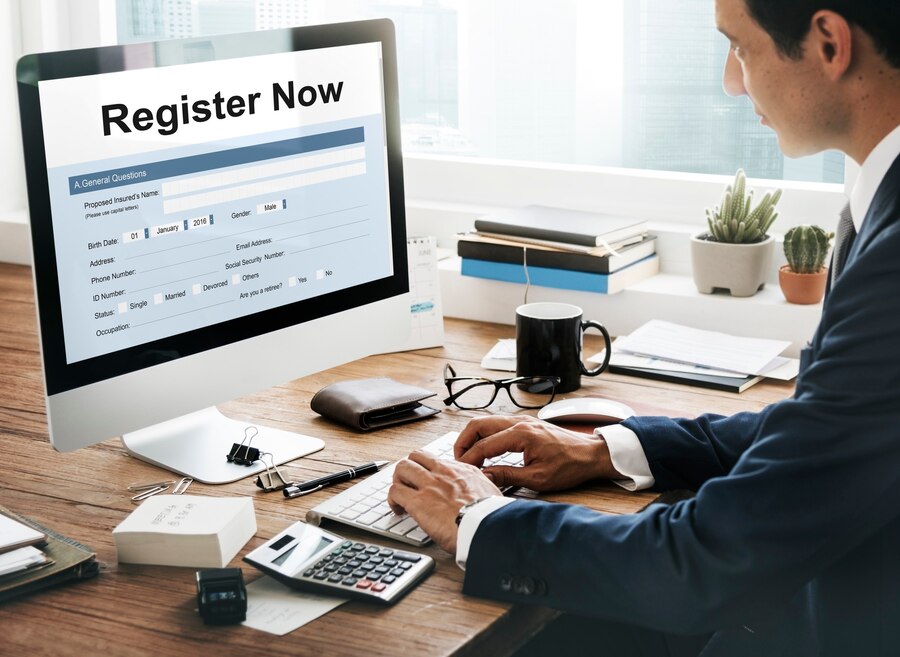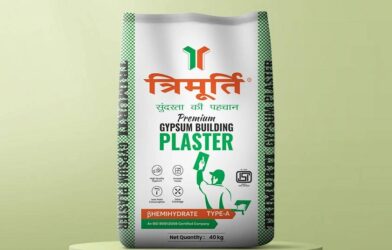Subtotal $0.00
Introduction
Ever feel like you’re drowning in stuff? Not just physical clutter, but mental clutter too? That’s where minimalism comes in—a lifestyle that promotes simplicity and intentional living. It’s more than just getting rid of things; it’s about finding clarity and focus in what truly matters. The minimalist movement has been gaining traction over the years as more people seek to declutter their lives and find inner peace.
What is Minimalism?
Minimalism is the practice of living with less—less physical possessions, less stress, and less distraction. It’s about stripping away the non-essential so you can focus on what truly matters. But minimalism isn’t just about owning fewer things; it’s a mindset shift towards intentional living.
Brief History of the Minimalist Movement
Minimalism has roots that go back centuries, with influences from various cultures and philosophies. From the Zen practices in Japan to the teachings of Stoicism in ancient Greece, the idea of living simply has been around for ages. However, the modern minimalist movement gained popularity in the late 20th century, particularly in response to the consumerist culture of the West.
Why Minimalism Matters Today
In today’s fast-paced, consumer-driven society, it’s easy to get overwhelmed. We’re constantly bombarded with advertisements telling us we need more—more gadgets, more clothes, more of everything. Minimalism offers a way to step back, reassess, and focus on what truly brings value to our lives. It’s about finding freedom from the excess and creating space for what’s important.
Understanding Minimalism
The Core Principles of Minimalism
At its core, minimalism is about intentionality. It’s about making conscious decisions about what you bring into your life, whether that’s physical items, relationships, or experiences. Minimalists strive to live with purpose and clarity, avoiding the distractions and noise of the modern world.
Minimalism vs. Consumerism
Consumerism is the constant desire for more—more stuff, more experiences, more everything. It’s driven by the belief that happiness can be found in material possessions. Minimalism, on the other hand, is the opposite. It’s about finding joy in simplicity and contentment with less.
Common Misconceptions about Minimalism
Many people think minimalism means living in a stark, empty space with nothing but the bare essentials. But that’s not true. Minimalism looks different for everyone. It’s not about deprivation but about curating a life that aligns with your values and goals.
Benefits of Embracing Minimalism
Mental Clarity and Focus
One of the most significant benefits of minimalism is the mental clarity it brings. When you remove the clutter from your life, both physical and mental, you create space for focus and creativity. Your mind is no longer bogged down by distractions, allowing you to think more clearly and make better decisions.
Financial Freedom
By embracing minimalism, you naturally spend less money. You’re no longer caught in the cycle of buying things you don’t need to impress people you don’t know. This leads to financial freedom, as you can save more, invest wisely, and live within your means.
Environmental Impact
Minimalism is also great for the environment. By consuming less, you reduce your carbon footprint and contribute less to the waste that clogs our planet. It’s a sustainable way of living that benefits both you and the world around you.
Enhanced Relationships
When you focus on what truly matters, your relationships naturally improve. Minimalism encourages quality over quantity, which means you spend more time nurturing meaningful relationships rather than spreading yourself thin over countless shallow connections.
Improved Health and Well-being
Living with less reduces stress and anxiety, which can significantly improve your overall health. Minimalism promotes a lifestyle that prioritizes self-care, mindfulness, and well-being, leading to a more balanced and fulfilling life.
How to Start Your Minimalist Journey
Assessing Your Current Lifestyle
Before you start decluttering, take a moment to assess your current lifestyle. What areas of your life feel overwhelming or cluttered? This could be your physical space, your schedule, or even your digital life. Identifying these areas will help you focus your efforts and make the transition to minimalism smoother.
Decluttering Your Space
Decluttering is often the first step in adopting a minimalist lifestyle. Start by going through your belongings and asking yourself, “Do I really need this?” If the answer is no, let it go. You can donate, sell, or recycle items that no longer serve you. Remember, the goal is to keep only what adds value to your life.
The Art of Letting Go: How to Decide What to Keep
Letting go can be challenging, especially if you’re attached to your belongings. One way to make the process easier is to focus on the purpose each item serves in your life. If it brings you joy, has a function, or adds value, keep it. If not, it’s time to part ways.
Minimalism in Digital Spaces
Our digital lives can be just as cluttered as our physical ones. Start by decluttering your digital space—delete unnecessary files, unsubscribe from emails you don’t read, and limit your time on social media. A minimalist approach to digital life can lead to better focus and productivity.
Creating a Minimalist Wardrobe
A minimalist wardrobe, often referred to as a capsule wardrobe, consists of a small collection of versatile pieces that you love and wear regularly. By reducing the number of clothes you own, you can simplify your daily routine and reduce decision fatigue.
Living a Minimalist Life
Daily Habits for a Minimalist Lifestyle
Living a minimalist life is about incorporating small, daily habits that promote simplicity. This could be as simple as tidying up each day, practicing gratitude, or being mindful of your consumption. These habits help maintain the minimalist lifestyle and prevent clutter from creeping back in.
Mindful Consumption: Buying with Purpose
Minimalism encourages mindful consumption—buying with intention rather than impulse. Before making a purchase, ask yourself if it aligns with your values and if it truly adds value to your life. This approach not only reduces clutter but also saves money.
Minimalism in Relationships: Quality Over Quantity
In relationships, minimalism means focusing on quality over quantity. It’s about investing time and energy into meaningful connections rather than spreading yourself thin over numerous acquaintances. This approach leads to deeper, more fulfilling relationships.
Minimalism in Work: Streamlining Your Professional Life
Minimalism isn’t just for your personal life—it can also be applied to your work. By simplifying your tasks, prioritizing what’s essential, and minimizing distractions, you can be more productive and less stressed in your professional life.
Minimalist Home Design: Creating a Calm Space
A minimalist home is designed to be a calm, peaceful space that promotes relaxation and focus. It’s about creating a space that’s free from clutter and filled with only the items that bring you joy and serve a purpose.
Challenges of Minimalism
Overcoming Social Pressure
One of the challenges of minimalism is dealing with social pressure. In a world that values material success, living with less can sometimes be met with confusion or even criticism. It’s important to stay true to your values and remember why you chose minimalism in the first place.
The Emotional Aspect of Letting Go
Letting go of possessions can be emotionally challenging, especially if they hold sentimental value. It’s important to recognize these emotions and approach the process with compassion. Remember, minimalism is not about deprivation but about making space for what truly matters.
Balancing Minimalism with Practicality
Minimalism isn’t about living with the bare minimum; it’s about living with what you need and what brings you joy. It’s important to find a balance between minimalism and practicality to ensure that your lifestyle is sustainable and fulfilling.
Avoiding Perfectionism in Minimalism
It’s easy to fall into the trap of trying to achieve the “perfect” minimalist lifestyle. But perfectionism goes against the principles of minimalism. Instead, focus on progress, not perfection, and remember that minimalism looks different for everyone.
Minimalism and Inner Peace
How Minimalism Promotes Mindfulness
Minimalism and mindfulness go hand in hand. By removing distractions and focusing on what truly matters, minimalism encourages a more mindful way of living. It allows you to be present in the moment and appreciate the simple pleasures in life.
Connecting with Your Inner Self through Minimalism
Minimalism creates space—not just physically, but mentally and emotionally. This space allows you to connect with your inner self, understand your values, and live a life that’s true to who you are.
The Role of Minimalism in Mental Health
Minimalism can have a positive impact on mental health. By reducing stress, anxiety, and the feeling of being overwhelmed, it creates a sense of peace and calm. It’s about creating an environment that supports mental well-being and emotional balance.
The Minimalist Movement Around the World
Minimalism in Different Cultures
Minimalism is practiced differently around the world. In Japan, it’s influenced by Zen Buddhism and focuses on simplicity and harmony. In Scandinavian countries, it’s about functional design and a connection to nature. Each culture brings its own perspective to minimalism, but the core principles remain the same.
Popular Figures in the Minimalist Movement
The minimalist movement has been shaped by various influencers, from authors like Marie Kondo and Joshua Becker to digital nomads who embrace a life of travel with minimal possessions. These figures have inspired millions to simplify their lives and embrace minimalism.
The Future of Minimalism
As the world continues to grapple with issues like climate change, economic uncertainty, and mental health challenges, minimalism is likely to grow in popularity. It offers a sustainable, mindful way of living that aligns with the values of a rapidly changing world.
Conclusion
Minimalism isn’t just about decluttering your home; it’s about decluttering your life. By focusing on what truly matters, you can find clarity, purpose, and inner peace. Whether you’re looking to reduce stress, save money, or simply live a more intentional life, minimalism offers a path to a more fulfilling existence. So why not take the first step today? Simplify your life and discover the peace that comes with living with less.
FAQs
What are the first steps to becoming a minimalist?
Start by assessing your current lifestyle and identifying areas of clutter. Then, begin decluttering your space, letting go of items that no longer serve you, and embracing a mindset of intentional living.
Can minimalism be practiced by families?
Yes, minimalism can be adapted to fit any lifestyle, including families. The key is to focus on quality time together, intentional living, and reducing unnecessary clutter in your home.
Is minimalism expensive to maintain?
Minimalism is often more cost-effective than a consumer-driven lifestyle. By buying less and focusing on quality over quantity, you can save money and avoid the costs associated with maintaining a cluttered lifestyle.
How does minimalism affect mental health?
Minimalism can have a positive impact on mental health by reducing stress, anxiety, and the feeling of being overwhelmed. It promotes a sense of peace and calm by creating a more organized and intentional environment.
What is the difference between minimalism and frugality?
While both minimalism and frugality involve living with less, minimalism is about intentionality and focusing on what truly matters, whereas frugality is more about saving money and avoiding unnecessary expenses.












